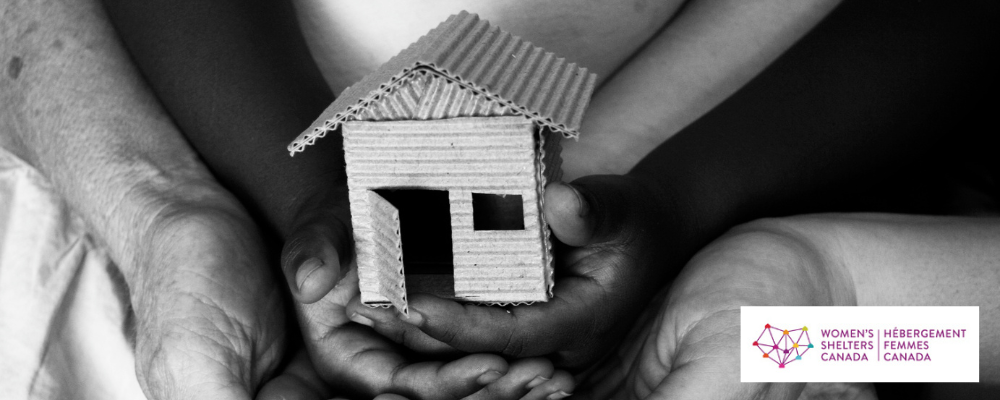
No Safe Place: How the Housing Crisis Fails Survivors of Violence and the Shelters That Support Them
06 Feb 2025
Guest Author
Robyn Hoogendam – Women's Shelters Canada, Research and Policy Manager
Across the country, the housing crisis is increasing precarity for those in our communities who are most vulnerable. This is particularly true for those living in violent situations, fleeing violence, or attempting to heal and move forward from violence. When those experiencing violence cannot access safe, affordable spaces due to high housing costs and a scarcity of options, their lives are put at risk.
Violence against women (VAW) shelters in Canada are reporting that they are being forced to turn more women, children, and gender-diverse people away than in the past. In Women’s Shelters Canada’s (WSC) annual 2024 survey of shelters, 97% said that it had become harder to support survivors to find housing over the past 12 months. Many of these shelters found that survivors were staying longer in shelter, as they were unable to find affordable housing options. While emergency VAW shelters often have maximum lengths of stay of 30 to 90 days, they are increasingly providing space for much longer. As survivors remain longer in shelter, this is contributing to a backlog that prevents new individuals from accessing safety.
When survivors are unable to access a place of safety, only terrible and often dangerous options remain. They must choose between options like staying in precarious housing through couch surfing or living with friends or family, trading work or sex for housing, becoming homeless, or returning to an abuser. While these are decisions no one should have to make, they become more complex for survivors with children.
For survivors able to find and to move into an emergency shelter, they’re staying longer in spaces that are not designed for long stays. Many shelters have rules such as curfews and other security restrictions to ensure resident and staff safety that can feel confining after long stays. VAW shelters are seeing more survivors leave for housing that does not meet their needs, such as housing that does not accommodate their size of family, is not safe, or is not affordable.
All of this is having dire and even fatal impacts on survivors. At the same time, it is also taking a toll on the VAW shelter sector and impacting its ability to provide spaces of safety. Workers go into this sector to support those experiencing violence, not to tell people that there is no space. This dynamic is one of the factors contributing to worsening mental health and burnout of VAW workers, and to higher turnover. These skilled employees are critical to the continuation of this life saving work.
To support the expansion of shelter spaces, WSC has been working with shelters across the country to develop more second stage units. Second stage shelters, or transitional housing, is longer term, often up to 18 months or 2 years. These are programs that include housing, although they are often more independent living than emergency shelters (e.g. apartment-style units). Shelters often do not have the knowledge to navigate the housing development process, so the provision of project management supports, grant writing, and knowledge sharing by WSC has been critical to getting new units developed.
Developing second stage housing units means there are more spaces for survivors to take the time they need to heal; it also adds needed units and beds to the shelter sector across the country. While WSC is a strong proponent of increasing shelter spaces, we know that more is needed to address survivors’ housing needs. We need all governments to respond to the housing crisis, ensuring that survivors of violence can live a future free from violence. Key recommendations that would support those experiencing violence include:
- The development of 50,000 units of social housing each year over the next ten years. These need to be targeted toward the most vulnerable including those fleeing violence and those experiencing homelessness.
- Strengthened income supports for those living in poverty.
- Increases to the Canada Housing Benefit for Survivors of Gender-Based Violence.
- A dedicated Rapid Housing Initiative stream for low-barrier housing addressing the needs of women and gender-diverse people. This is funding designed to facilitate rapid construction of new housing and renovation/rehabilitation of existing buildings.
VAW shelters are doing everything they can given the current state of housing, but without comprehensive government-led solutions they will continue to operate over capacity and be forced to turn away survivors. As one shelter leader shared with WSC, “This [shelter work] will not address the continued barrier of lack of affordable or sustainable housing for women and children. This crisis continues to put a spotlight on the lack of available housing and the barriers for marginalized folks. Because of this, we will only continue to see our femicide numbers increase.”
